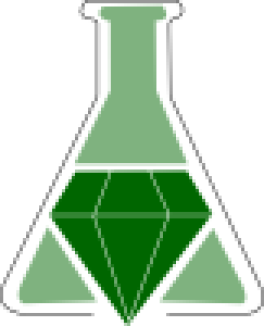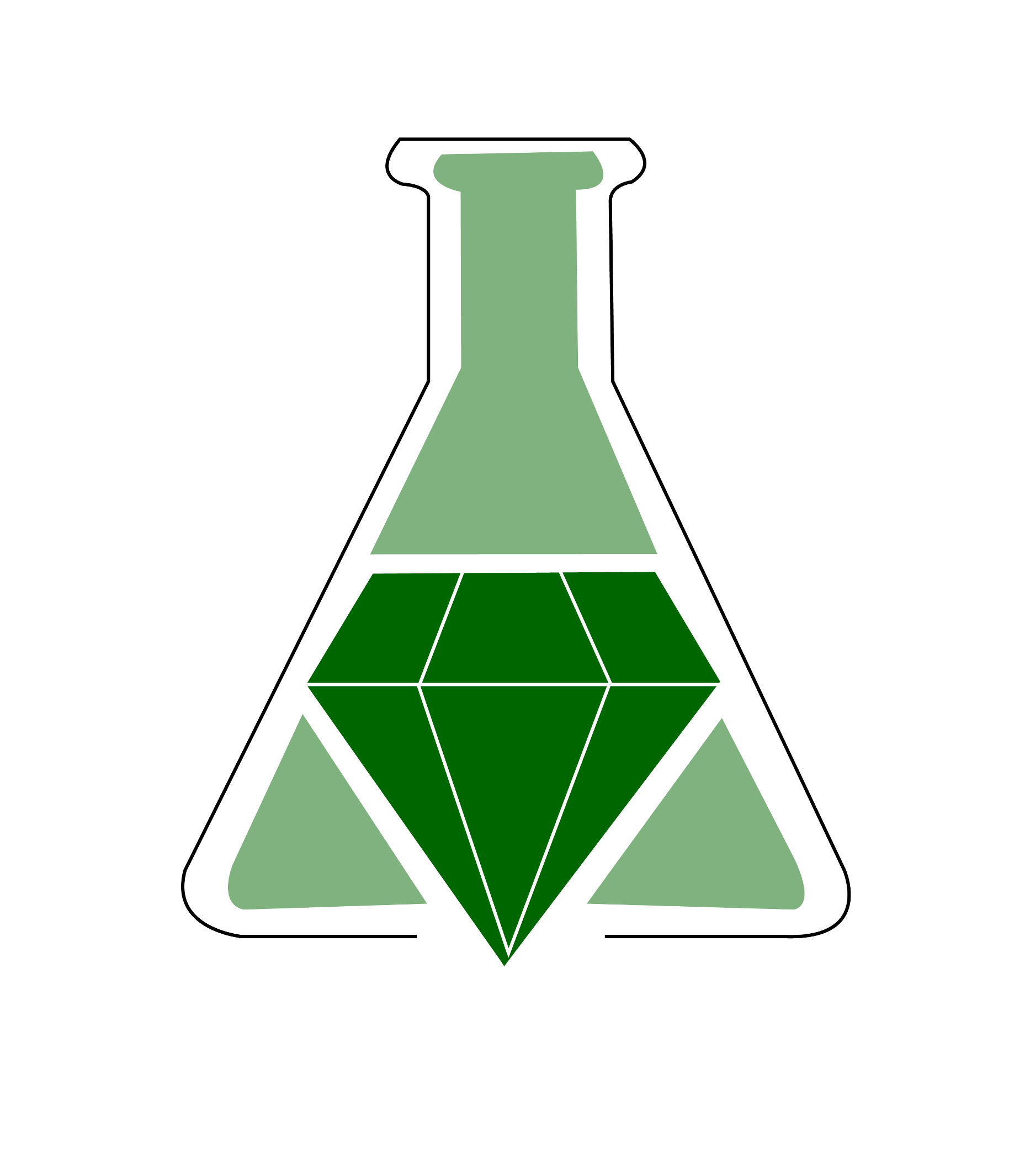A Microscale Heck Reaction In Water

Summary
This laboratory experiment features the palladium-catalyzed Heck synthesis of (E)-4-acetylcinnamic acid from 4-iodoacetophenone and acrylic acid by mid-level undergraduates. Traditional Heck reaction organic solvents (e.g. acetonitrile) and base (e.g. triethylamine) are replaced by water and sodium carbonate respectively. This approach introduces fundamentals of green chemistry (aqueous and catalytic reactivity) to students whilst highlighting contemporary research via an industrially important reaction.
Supplemental materials include (a) laboratory notes for students, (b) additional notes for instructors, and (c) spectroscopic information and physical data.
Summary prepared for the original GEMs database July 2008 by Andrew P. Dicks, Department of Chemistry at the University of Toronto.
Supplemental materials include (a) laboratory notes for students, (b) additional notes for instructors, and (c) spectroscopic information and physical data.
Summary prepared for the original GEMs database July 2008 by Andrew P. Dicks, Department of Chemistry at the University of Toronto.
Safety Precautions, Hazards, and Risk Assessment
See published journal article.
Link to external
